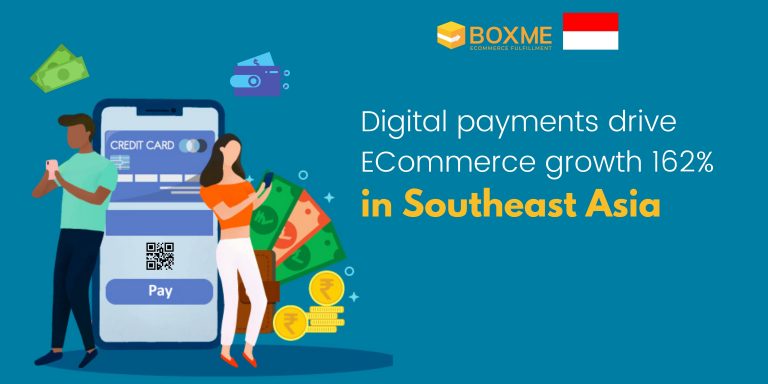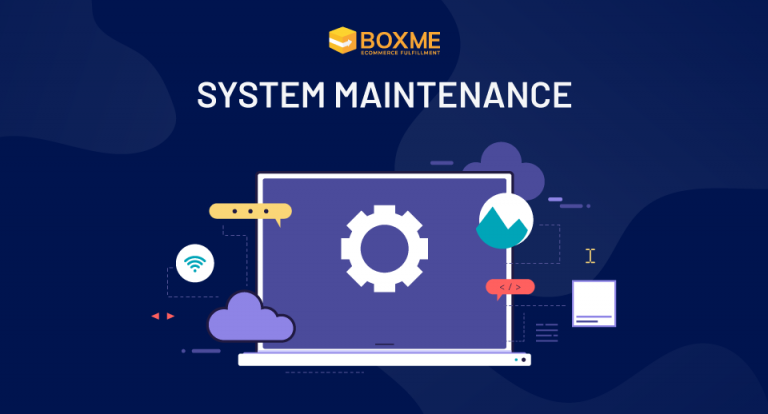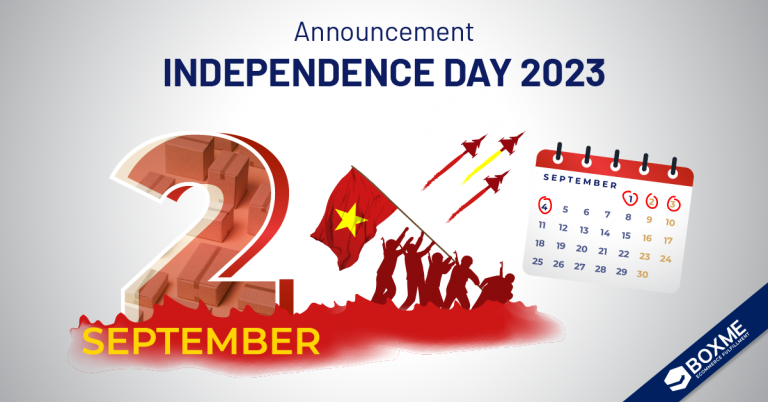Southeast Asia is undergoing a digital payments-driven financial transformation, according to a recent report from IDC sponsored by global payments platform 2C2P.
Supported by changing consumer and retail trends, as well as more inclusive payment options, eCommerce spending will increase 162% to reach US$179.8 billion by 2025 across Southeast Asia, while digital payments account for 91% of all transactions.
IDC InfoBrief, “How Southeast Asia Buys and Pays: Driving New Business Value for Merchants”, exposes the complexity of Southeast Asia’s fragmented payments ecosystem.
This analysis helps businesses to make decisions based on the latest trends and capture a variety of business opportunities. The report also informs about the latest trends in payments such as eWallet, domestic transfers (real-time and internet payments), as well as buy now pay later (BNPL) methods, and other conventional payment options such as debit cards, credit cards and cash. The report forecasts market share changes from a number of payment options throughout 2019-2025 so that businesses can devise cross-border business strategies..
Opportunities to take advantage of the development of digital payments are currently wide open. This development also provides secure and reliable financial services to meet the consumer developments that occur in Southeast Asia. Digital payments are not only a complement to payments, but become a method that must be used, as well as an important element of every company’s business strategy. The ability to maximize payment features and operational terms based on geographical reach also determines the competitiveness, effectiveness, and success of businesses across the region,” said 2C2P Founder and CEO Aung Kyaw Moe.
The developments in the consumer and retail world have driving rapid growth in the digital economy sector throughout Southeast Asia. In fact, the number of ecommerce users is expected to reach more than 400 million by 2025. This trend leads to increasingly fierce competition, as well as collaboration in the public and private sectors to offer payment infrastructure that can reach users or consumers. Payment solutions or mechanisms that are the biggest influence from the development of digital payments are e-wallets, domestic payments, and buy now pay later methods.
“The payments segment in Southeast Asia is highly fragmented, whereas payment systems and their uses, as well as regulations vary widely depending on each country. In order for businesses to understand and address the complexity of payment methods between countries, we have compiled a complete guide on the payment landscape in Asia, supported by regional and local analysis of payment methods. We hope that the findings in this report will refine businesses’ strategies to capitalize on digital trends, and ultimately realize the potential of southeast Asia’s $276 billion digital economy,” said Michael Araneta, Associate Vice President, Head, Research and Consulting, IDC Financial Insights Asia-Pacific. (ak)
5 Advantages of Implementing Digital Payment
1. Instant payment
Compared to traditional methods such as cash and check payments, electronic payments are much faster. There are no time and location restrictions in terms of onlinepayments. Consumers can pay anytime and from anywhere.
2. Better security
Electronic payment systems offer a variety of ways to improve the security of transactions.
For example, if a store or merchant accepts payment with QRIS Consumers no longer need to use a debit card to complete transactions.
Consumers simply scan the code with their mobile phone and the transaction can be completed. Thus, the security of consumer banking data information will be more maintained.
In addition to being safer for consumers, electronic payments also offer extra security for businesses. Unlike the cash stored in the cashier’s drawer, businesses will only document receipts from transactions with electronic payments.
In this regard, the risk of loss or theft of funds decreases. Transaction data will be accurately recorded on POS application and you can check its suitability with receipt.
3. Increase customer satisfaction
The existence of a variety of payment options, including digital payment,makes consumers more comfortable and free in transacting. They can choose the payment method that is considered the safest or most profitable. As is well known, quite a number of electronic payment systems offer special discounts.
Well, providing options that make consumers comfortable will indirectly increase customer satisfaction. Without you knowing it, you’re already in the process of building a loyal customer base. Make no mistake, consumers may cancel the transaction because the desired payment method option is not available.
4. Save processing costs and be more transparent
If you want to provide certain payment services, you need to work with the bank to install the EDC machine. Well, there are costs or processing costs that you need to pay in connection with transactions with EDC machines.
The amount of the cost certainly depends on the policy of each bank. You may be charged an initial install fee as well as an administration fee per transaction. If calculated as a whole, the total processing costs that must be borne by the business will be quite large.
Meanwhile, utilizing electronic payment systems with certain service providers such as e-money,costs a relatively lower processing fee.
Furthermore, transaction data with electronic payments is also more transparent. It’s no secret that transparency is an important part of the payment process. This you can continue to maintain if you use electronic payments.
5. Minimal contact
In the midst of the current Covid-19 pandemic situation, people are looking for ways to reduce contact with others. The goal is clear to prevent himself from being exposed and infected with this virus that is spreading.
Therefore, minimal contact transactions become very essential. Your business needs to be a part that ensures the safety and comfort of consumers, one of which is by providing minimal contact payment methods.
To make it happen, as mentioned earlier, you can provide QR codes that can be scanned by consumers’ phones. That way, the payment process can be completed without any contact at all between the consumer and the staff.
>>>Beginners’ guide to digital marketing for E-commerce in Vietnam
>>>4 Most Popular E-commerce Payment Methods in Malaysia
>>>List of 10 Most Crowded Online Marketplaces in Southeast Asia
About Boxme: Boxme is the premier E-commerce fulfillment network in Southeast Asia, enabling world-wide merchants to sell online into this region without needing to establish a local presence. We deliver our services by aggregating and operating a one-stop value chain of logistic professions including: International shipping, customs clearance, warehousing, connection to local marketplaces, pick and pack, last-mile delivery, local payment collection and oversea remittance.











